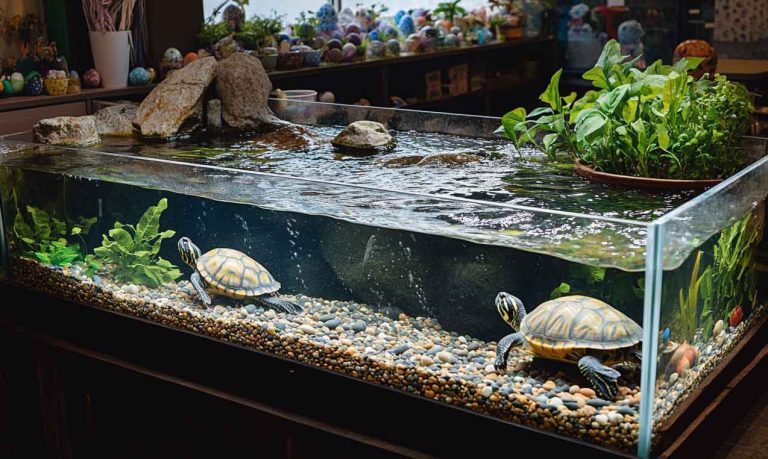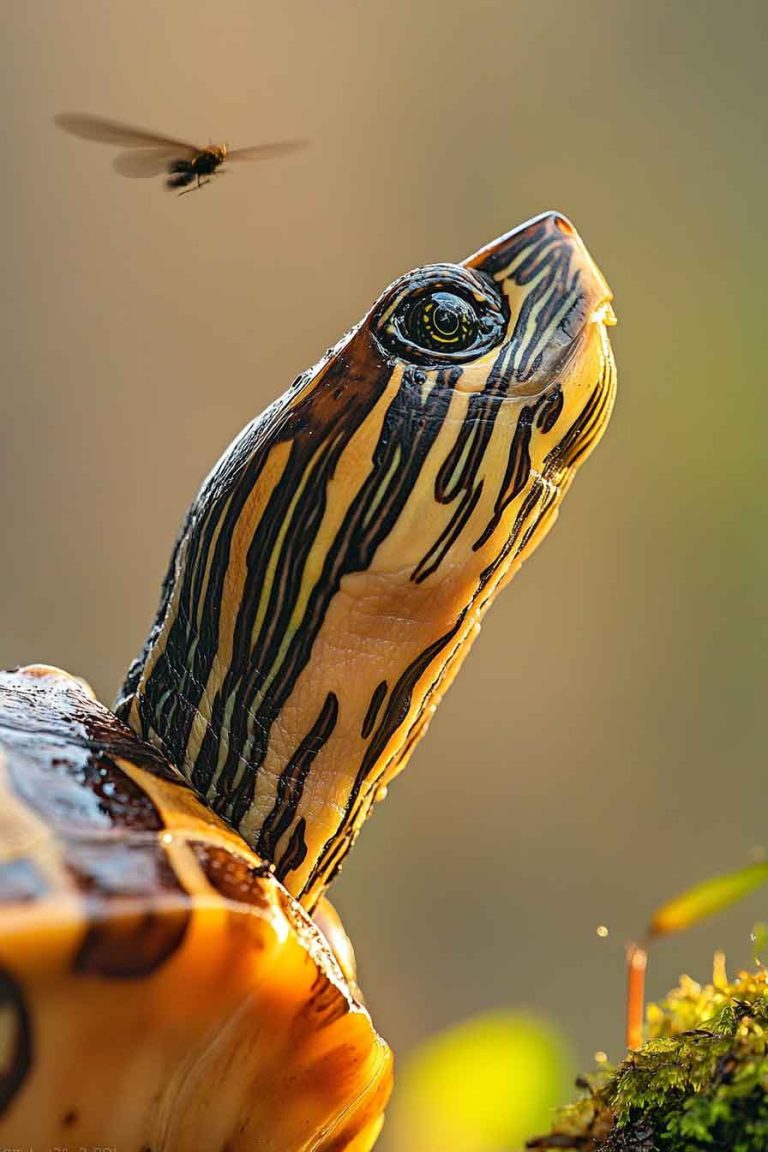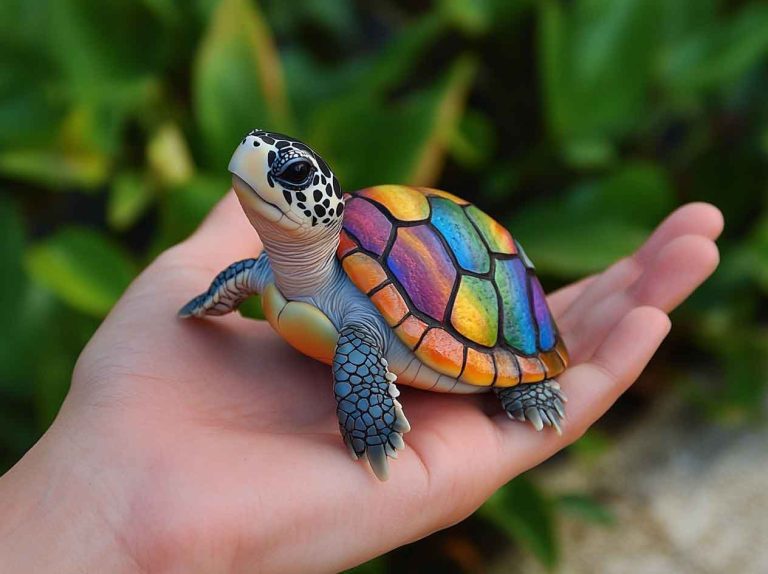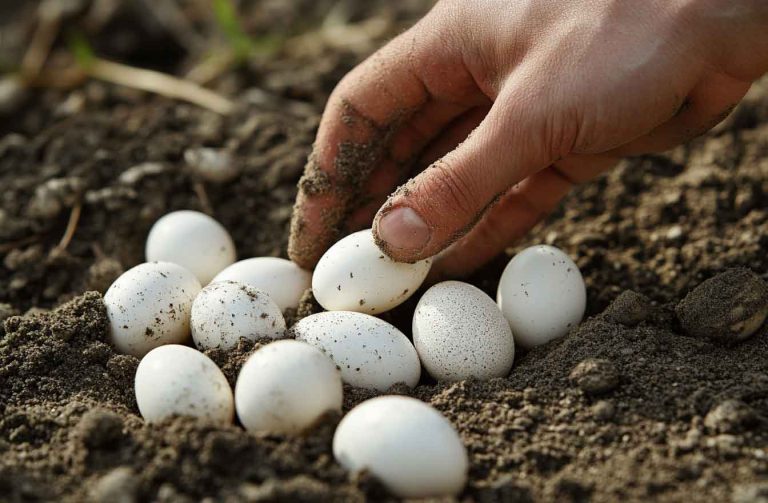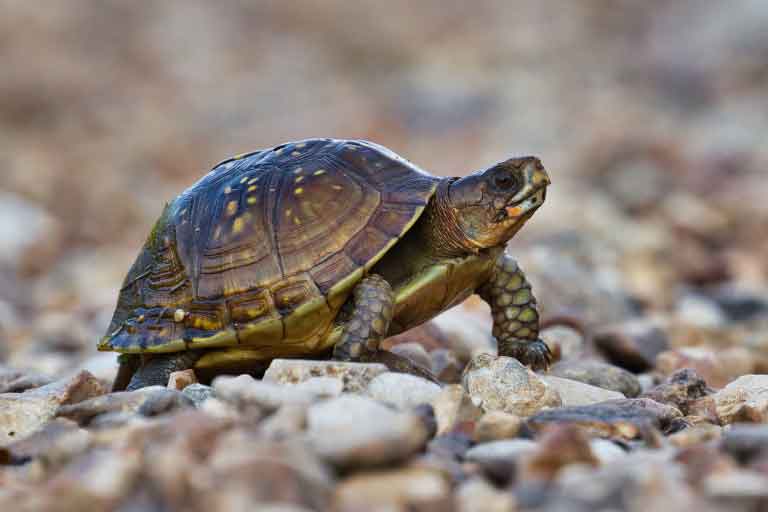How To Take Care Of Turtle Eggs?
Turtle eggs are one of nature’s wonders, but they also require careful attention if you’re going to nurture them successfully. As a turtle lover, you might be wondering how to take care of these delicate eggs. In this guide, I’ll walk you through everything you need to know about taking care of turtle eggs, ensuring…
Turtle eggs are one of nature’s wonders, but they also require careful attention if you’re going to nurture them successfully. As a turtle lover, you might be wondering how to take care of these delicate eggs. In this guide, I’ll walk you through everything you need to know about taking care of turtle eggs, ensuring that your future little hatchlings have the best chance of survival.
Taking care of turtle eggs isn’t as simple as just finding them and leaving them to hatch on their own. It requires some knowledge and preparation. Turtle eggs are highly sensitive, and the slightest mistake can lead to their failure. Whether you have a pet turtle that has laid eggs or you’ve discovered a nest in the wild, it’s important to handle them with care.
Why You Need To Care for Turtle Eggs
Turtle eggs are laid in sandy or soft soil, and many species of turtles will bury their eggs before leaving them. Unfortunately, in captivity or in some areas of the wild, the environment may not be ideal for the eggs to incubate properly. That’s where we come in! Providing the right environment and support can make all the difference in helping the eggs hatch successfully.
The Importance of Incubation
Proper incubation is the key to a successful hatch. If the temperature is too high or too low, or the humidity isn’t just right, the eggs may not hatch. In fact, turtle eggs need specific temperature and humidity levels to develop correctly. Too much moisture can drown the eggs, while too little can cause them to dry out and fail to develop. So, when you discover turtle eggs, it’s important to understand the science behind incubation and recreate it in a controlled environment.
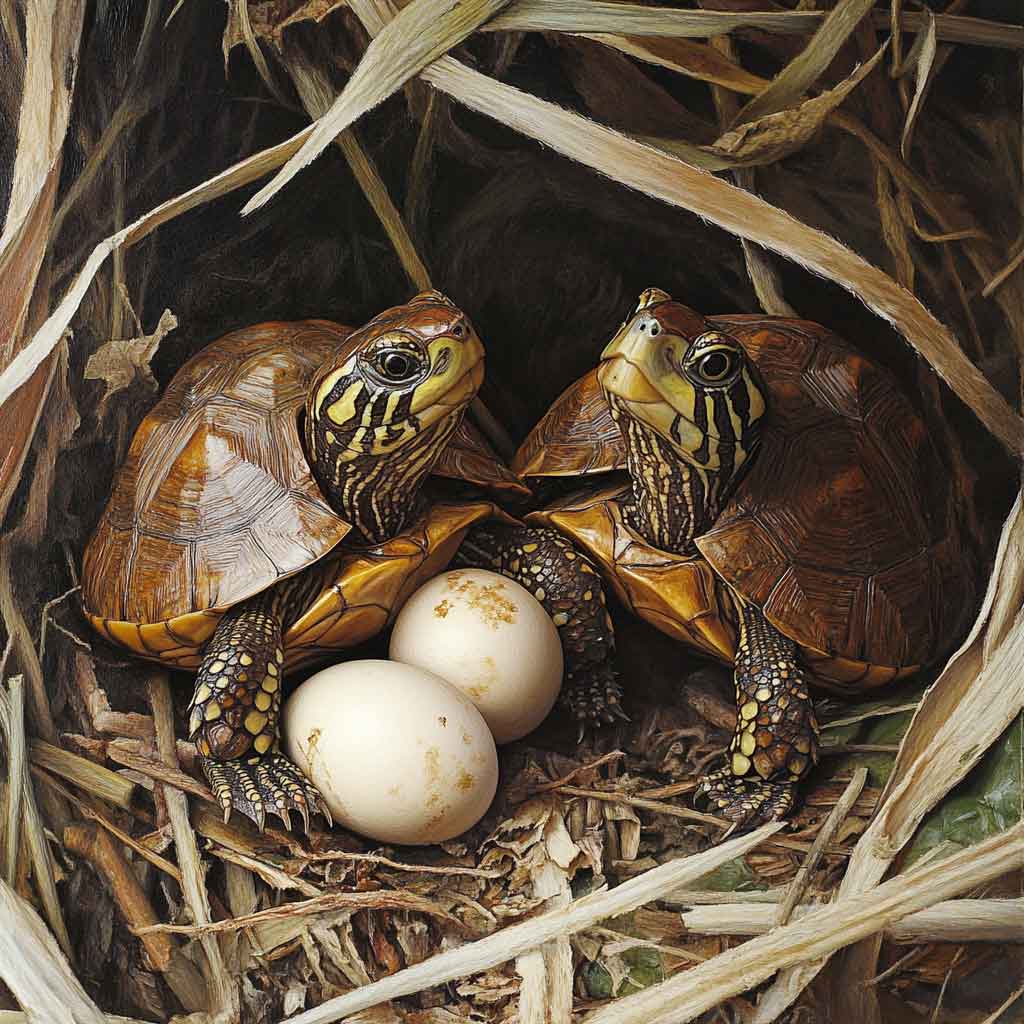
What You Need to Know Before You Start
Before you start handling turtle eggs, there are a few things to keep in mind. First, it’s important to determine if you have the right kind of eggs. Turtle eggs vary depending on the species, and some species require different care. It’s crucial to identify the species before moving forward with incubation.
Turtle eggs generally need a warm environment to hatch. The temperature should be around 75-85°F (24-29°C) to mimic the conditions they would naturally encounter. Also, make sure the humidity levels are high enough to keep the eggs moist. These are the two most important factors in caring for turtle eggs and ensuring a healthy hatch.
Next, you’ll need to consider the location of the eggs. If you find them in the wild, you’ll want to avoid disturbing them too much. Moving them could cause problems if not done correctly. In the case of pet turtles, you’ll want to make sure the eggs are placed in an area where they will be safe and protected from any disturbances.
Handling Turtle Eggs with Care
If you’ve found turtle eggs in the wild and you’re considering moving them, make sure you do it carefully. Here’s a step-by-step process for handling turtle eggs:
- Examine the Eggs: Before moving them, carefully examine the eggs to make sure they’re intact. Turtle eggs have a leathery texture, and you should avoid cracking or squeezing them.
- Mark the Orientation: This step is crucial! Mark the top of each egg before moving it, as it’s important to keep the eggs in the same orientation when you relocate them. If you don’t, the eggs could be harmed, and the embryo inside could be damaged.
- Create an Ideal Environment: Whether you’re moving the eggs to an incubator or simply protecting the eggs from predators in the wild, it’s essential to mimic the turtle’s natural environment as closely as possible. This means maintaining the right temperature, humidity, and safety measures.
- Incubate the Eggs: Once the eggs are safely moved to an incubator, keep them in a warm area with a consistent temperature. You can use a temperature-controlled incubator for this purpose, and make sure to check the humidity regularly.
How To Care for Turtle Eggs: Incubation and Monitoring
Now that we’ve got your turtle eggs safely in the right environment, let’s talk about the next steps to ensure they hatch successfully. Incubating turtle eggs is a delicate process, and it requires constant monitoring. But don’t worry, I’ll guide you through every step to make sure those eggs stay healthy until they hatch!
Temperature and Humidity Control
As mentioned earlier, keeping the temperature and humidity levels just right is crucial for successful incubation. A temperature range of 75°F to 85°F (24°C to 29°C) is ideal for most turtle species, but this can vary slightly depending on the species. It’s important to use a thermometer to keep track of the temperature and adjust if needed.
Humidity is equally important. The humidity should be between 70% and 90% for most turtle species. Too little humidity can dry out the eggs, while too much can lead to mold and the eggs drowning. To maintain the right humidity, you can place a shallow dish of water near the eggs, or use a humidifier if you’re using an incubator.
Regular Monitoring of Eggs
You’ll want to check on your turtle eggs at least once a day to make sure they’re staying in the right conditions. The eggs should be firm to the touch and slightly moist. If they’re too dry or too soft, it may be a sign that the humidity isn’t right. If you notice any problems, adjust the conditions immediately to avoid damaging the eggs.
You also need to avoid touching the eggs too often. Handling them too much can disturb the developing embryo inside. Only check on the eggs when necessary, and always handle them gently.
Keep Them Safe and Secure
During incubation, it’s essential to keep the eggs safe from predators or other animals. If you’re incubating the eggs in an outdoor setting, such as a sand nest, cover the eggs with a mesh or a protective cage to keep them safe. In indoor incubators, you’ll need to ensure the eggs are kept in a safe, quiet area away from pets or children.
How To Take Care of Turtle Eggs: Hatching and Aftercare
Now that you’ve properly incubated the turtle eggs and created the perfect environment, you’re probably excited about the hatching process. But just as with the rest of the care, there’s more to consider when the time comes for the eggs to hatch. Here’s what you need to know about the final stages of the process and how to care for the baby turtles once they emerge.
The Hatching Process
Turtle eggs take time to hatch, and patience is key! The incubation period can vary, but it typically lasts between 45 and 90 days, depending on the species and environmental conditions. During this time, you won’t notice much change, but as the eggs near hatching, you’ll want to keep a close eye on them.
You may notice slight movement inside the eggs or small cracks forming in the shell. This is when the baby turtles are ready to break free. You don’t need to assist them during this process—turtles are naturally capable of breaking out of their eggs. In fact, it’s best to let nature take its course and avoid disturbing the eggs.
Once the baby turtles start emerging from the shells, it’s essential to provide them with a safe and calm environment. Don’t rush them to leave the incubator or their nesting area; let them take their time and gain strength for the outside world.
Aftercare for Baby Turtles
Once the baby turtles have hatched, you can start caring for them like you would for a juvenile turtle. Here are a few important aftercare tips:
- Provide Water: Baby turtles need access to water right away. Place them in a shallow water dish where they can drink and soak, but ensure they’re able to exit the water easily if they need to. Remember, turtle hatchlings are still developing and may need help navigating their surroundings at first.
- Create a Basking Area: Baby turtles need UVB light to help them grow and develop strong shells. Set up a basking area with a UVB lamp, ensuring they can bask for about 12 hours a day. This will help them metabolize calcium and stay healthy.
- Feeding: Depending on the species, baby turtles can start eating small amounts of food a day or two after hatching. Offer a variety of foods, such as commercial turtle pellets, aquatic plants, or small amounts of protein (like worms or insects), depending on their dietary needs.
- Proper Tank Setup: As the baby turtles grow, you’ll need to transition them to a proper habitat. Make sure their tank is large enough for them to swim and bask comfortably. Clean the tank regularly and ensure that the water temperature remains stable between 75°F and 85°F.
How Long Do Baby Turtles Stay with Their Eggs?
Once the eggs hatch, it’s time to let the baby turtles go. In the wild, hatchlings make their way to the water, but in a controlled environment, it’s important to keep them in a safe space for a little while longer. Some baby turtles may stay with their eggs for a day or two after hatching, as they absorb the last of the nutrients from the yolk. Once they are strong enough, you can gently introduce them to a larger habitat or release them into the wild if appropriate.
Final Thoughts
Taking care of turtle eggs from the moment they are laid until the hatchlings emerge requires patience, attention to detail, and the right conditions. From incubation to aftercare, you play a vital role in helping these baby turtles grow into healthy and strong creatures. Remember, turtles are incredibly resilient, but they do need your help to get started in life.
If you follow these steps and create a safe, nurturing environment for the eggs and the hatchlings, you’ll have the satisfaction of knowing you gave these turtles the best possible start.
Good luck, and enjoy watching those tiny turtles grow into their new home!


